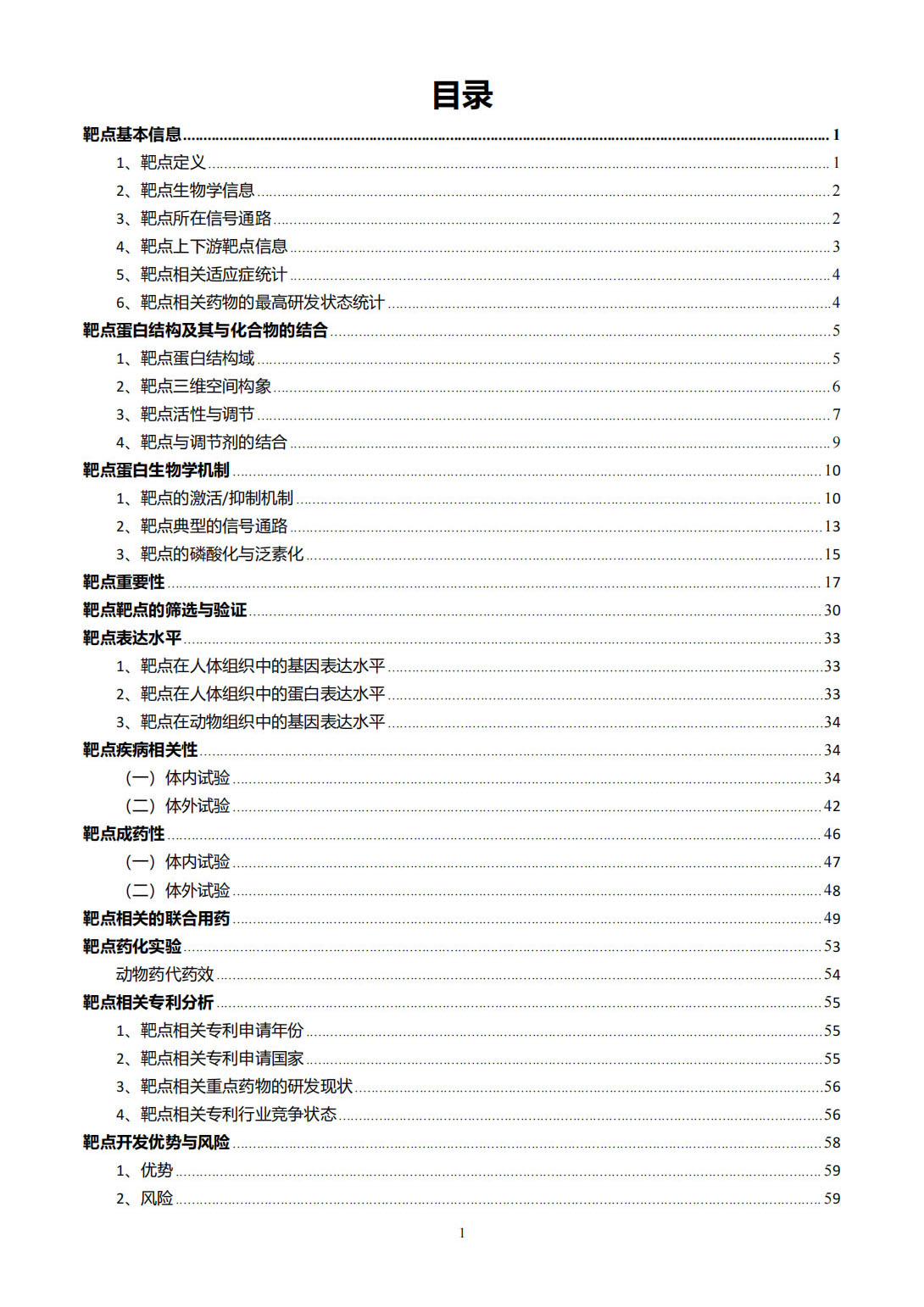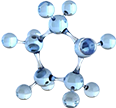CD274 Target Analysis Report Summary


About the Target
Based on the provided context information, the following key viewpoints can be summarized:
PD-L1 expression: PD-L1 expression in the tumor microenvironment may indicate increased responsiveness to PD-1/PD-L1 checkpoint blockade therapy. It is considered a predictive biomarker for the efficacy of PD-1/PD-L1 blockade therapy [1][3].
Combination therapies: Regulating PD-L1 expression, either through targeting therapies or adjuvant treatments, can enhance the effectiveness of immune checkpoint inhibitors in cancer treatment. For example, CDK4/6 inhibitors can upregulate PD-L1 expression, and combination therapies containing alpha-PD-1/PD-L1 can overcome treatment-induced immune evasion [2].
Immunotherapy response markers: Other markers, such as microsatellite instability, tumor mutation load, presence of tumor infiltrating lymphocytes (TILs), and immunosuppressive cell types, can also influence the response to immunotherapy. These markers indicate the immunogenicity, immune evasion mechanisms, and immune cell populations in the tumor microenvironment [1][3].
Indoleamine 2,3-dioxygenase (IDO1): IDO1 is considered a good predictive biomarker for the response to immunotherapy and a potential target for cancer treatment. Its inhibition can be a new approach to cancer treatment [1].
Interferon gamma (IFN-gamma): IFN-gamma plays a role in the conversion of naive T cells to inducible regulatory T cells (iTregs) by up-regulating PD-L1. This interaction contributes to immune suppression [4].
Combination therapeutic strategies: Combination therapies that involve anti-PD-1/PD-L1 agents and other molecules or cells, such as B2M, HSCs, HDAC, IL-15, CD96, CD47, and CD137, can enhance T cell activation, immune cell function, and infiltration into the tumor. These combinations have the potential to induce immunogenic cell death and restore tumor suppressor functions, leading to better therapeutic effects [5].
It is important to note that these viewpoints are based on the given context information and should be further validated through scientific research and studies.
Based on the provided context information, here is a comprehensive summary of the key viewpoints related to PD-L1:
- The PD-1/PD-L1 signaling axis plays a crucial role in modulating immune responses against tumor cells. Tumors can overexpress PD-L1 to avoid T cell-mediated killing, leading to immune evasion. Monoclonal antibodies targeting the PD-1/PD-L1 signaling axis have been developed to restore immune-mediated eradication of tumors[7].
- PD-L1 upregulation can occur via modulation of various molecular pathways, and this upregulation can promote therapeutic synergy with anti-PD-1/L1 therapies[6].
- Naive T-cell activation involves recognition of tumor antigens presented by the major histocompatibility complex (MHC), as well as interaction between CD28 and B7 molecules on T cells and antigen-presenting cells, respectively[8].
- Overexpression of PD-1 and PD-L1 can downregulate T-cell responses, inhibit T-cell activation, cytokine production, and promote T-cell anergy or apoptosis, ultimately leading to immune evasion[7].
- The tumor microenvironment consists of various cell types and inhibitory factors that can abrogate T-cell function and reduce antitumor immune responses[8].
- PD-1/PD-L1 blockade, achieved through the use of antibodies like atezolizumab, durvalumab, avelumab, nivolumab, or pembrolizumab, can enhance T-cell activation and proliferation[9].
- The interaction between PD-L1 on tumor cells (or tumor-derived extracellular vesicles) and PD-1 on CD8+ T cells in the tumor microenvironment can lead to downregulation of T-cell activities, including the blocking of downstream nuclear translocation of nuclear factor of activated T cells (NFAT)[10].
Figure 1 in [7].
Figure 1 in [8].
Figure 2 in [7].
Figure 1 in [9].
Figure 1 in [10].
Figure 1 in [6].
Figure [1]

Figure [2]

Figure [3]

Figure [4]

Figure [5]

Figure [6]

Figure [7]

Figure [8]

Figure [9]

Figure [10]

Note: If you are interested in the full version of this target analysis report, or if you'd like to learn how our AI-powered BDE-Chem can design therapeutic molecules to interact with the CD274 target at a cost 90% lower than traditional approaches, please feel free to contact us at BD@silexon.ai.
More Common Targets
ABCB1 | ABCG2 | ACE2 | AHR | AKT1 | ALK | AR | ATM | BAX | BCL2 | BCL2L1 | BECN1 | BRAF | BRCA1 | CAMP | CASP3 | CASP9 | CCL5 | CCND1 | CD274 | CD4 | CD8A | CDH1 | CDKN1A | CDKN2A | CREB1 | CXCL8 | CXCR4 | DNMT1 | EGF | EGFR | EP300 | ERBB2 | EREG | ESR1 | EZH2 | FN1 | FOXO3 | HDAC9 | HGF | HMGB1 | HSP90AA1 | HSPA4 | HSPA5 | IDO1 | IFNA1 | IGF1 | IGF1R | IL17A | IL6 | INS | JUN | KRAS | MAPK1 | MAPK14 | MAPK3 | MAPK8 | MAPT | MCL1 | MDM2 | MET | MMP9 | MTOR | MYC | NFE2L2 | NLRP3 | NOTCH1 | PARP1 | PCNA | PDCD1 | PLK1 | PRKAA1 | PRKAA2 | PTEN | PTGS2 | PTK2 | RELA | SIRT1 | SLTM | SMAD4 | SOD1 | SQSTM1 | SRC | STAT1 | STAT3 | STAT5A | TAK1 | TERT | TLR4 | TNF | TP53 | TXN | VEGFA | YAP1

